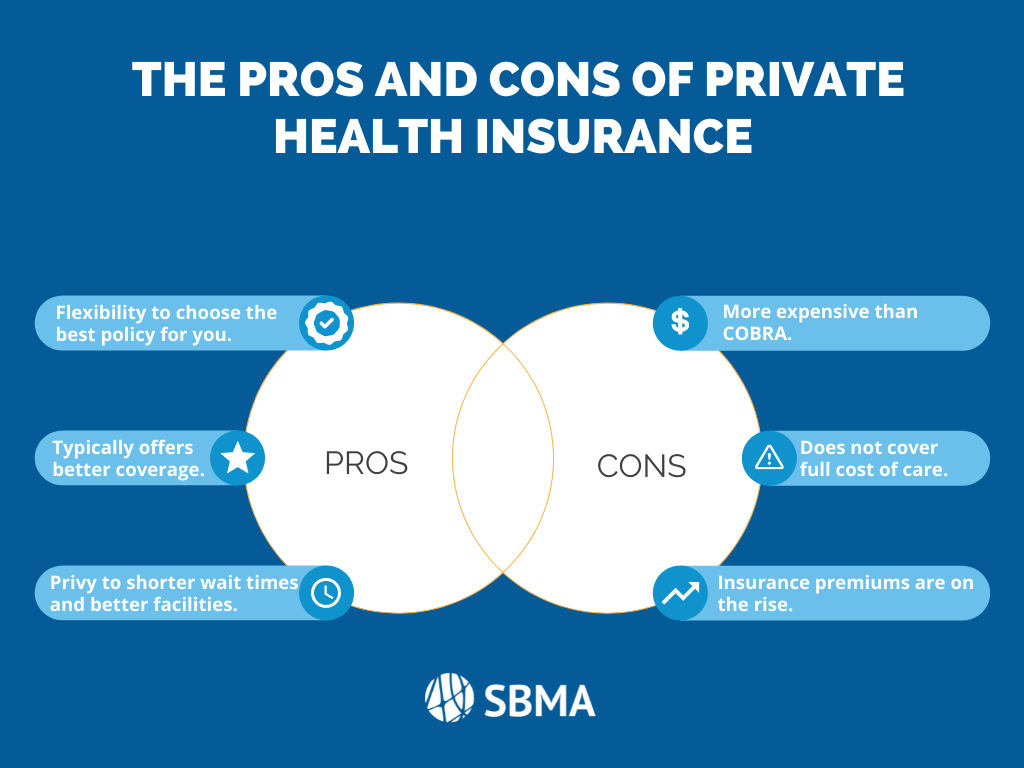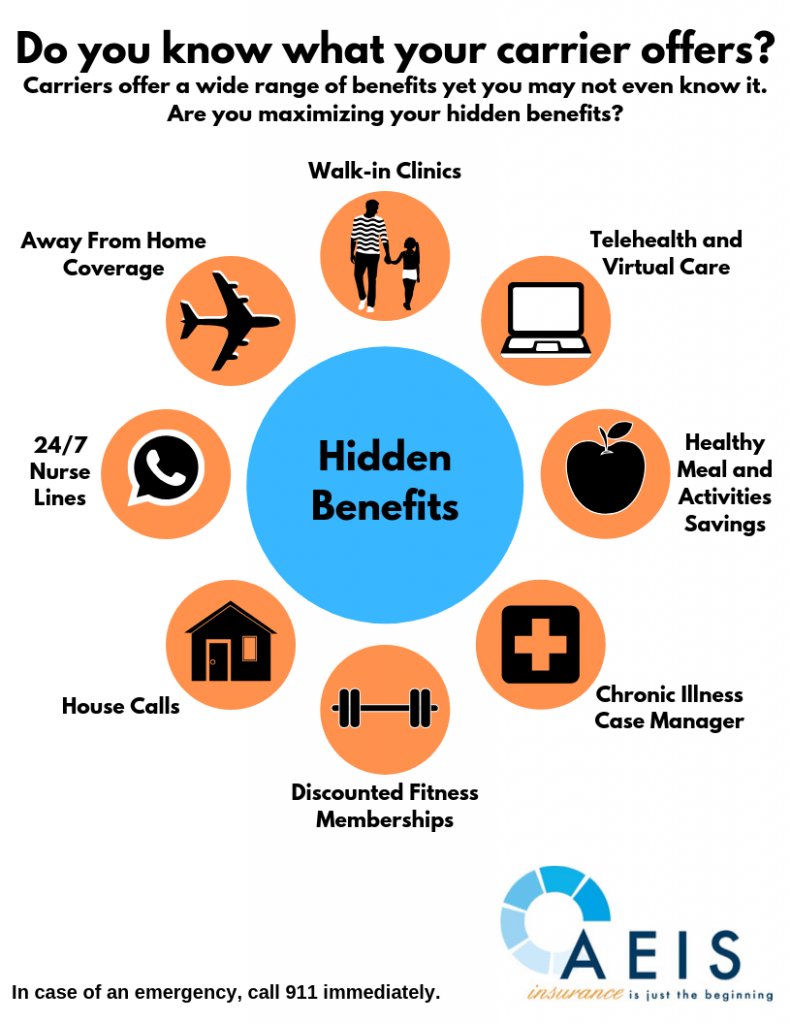A Biased View of Medicare Advantage Agent
Table of Contents6 Simple Techniques For Medicare Advantage AgentThe Only Guide for Medicare Advantage AgentThe Only Guide to Medicare Advantage Agent

adheres to from puzzling the reasonably young age profile of the without insurance with the better health and wellness, usually, of younger persons. This obscures the link in between health condition and health and wellness insurance. For those without accessibility to work environment medical insurance, bad health is a possible obstacle to purchasing nongroup insurance coverage because such coverage might be highly valued, omit pre-existing conditions, or be simply unavailable. The variety of uninsured Americans is not especially huge and has actually not altered over the last few years. Seven out of ten respondents in a nationally depictive study believed that less Americans did not have medical insurance than in fact do(Fronstin, 1998). Approximately half(47 percent )thought that the number of people without medical insurance lowered or remained continuous over the last fifty percent of the last decade(Blendon et al., 1999). This decline of virtually 2 million in the number of people 'without insurance (a decrease
of around 4 percent)is absolutely a favorable change. With a softer economic situation in 2000 the most current reported gains in insurance policy protection might not continue(Fronstin, 2001 ). The decline in the number of without insurance will certainly not proceed if the economy remains sluggish and wellness care expenses proceed to outmatch rising cost of living. This is because the data were gathered for a period of solid economic performance. Of the approximated 42 million people who were without insurance, almost about 420,000(about 1 percent)were under 65 years of age, the age at which most Americans become qualified for Medicare; 32 million were adults in between ages 18 and 65, about 19 percent of all adults in this age team; and 10 million were kids under 18 years of age, regarding 13.9 percent of all youngsters (Mills, 2000). These quotes of the number of individuals without insurance are produced from the yearly March Supplement to the Current Population Study (CPS), conducted by the Census Bureau. Unless or else kept in mind, nationwide estimates of individuals without wellness insurance policy and percentages of the populace with different type of coverage are based on the CPS, one of the most widely used source of price quotes of insurance protection and uninsurance rates. These surveys and the estimates they generate are defined briefly in Table B. 1 in Appendix B - Medicare Advantage Agent. These studies vary in size and sampling methods, the inquiries that are inquired about insurance policy
The Only Guide to Medicare Advantage Agent
protection, and the moment duration over which insurance coverage or uninsurance is determined(Lewis et al., 1998, Fronstin, 2000a ). Still, the CPS is particularly beneficial due to the fact that it generates yearly estimates reasonably rapidly, reporting the previous year's insurance policy protection estimates each September, and since it is the basis for a consistent set of estimates for more than twenty years, permitting analysis of patterns in insurance coverage gradually.

Medicare Advantage Agent for Dummies
Over a three-year duration beginning early in 1993, 72 million individuals, 29 percent of the united state population, were without protection for a minimum of one month. Within a solitary year(1994), 53 million people experienced a minimum of a month without coverage(Bennefield, 1998a). Six out of every 10 without insurance adults are themselves used. Functioning does enhance the probability that one and one's household participants will have insurance coverage, it is not a guarantee. Even participants of family members with two full-time wage income earners have virtually a one-in-ten possibility of being uninsured (9.1 percent uninsured rate)(Hoffman and Pohl, 2000 ). The connection between medical insurance and access to care is well developed, as documented later in this chapter. Although the partnership in between medical insurance and wellness end results is neither straight nor simple, a comprehensive professional and wellness services research literature links medical insurance coverage
to enhanced accessibility to care, much better high quality, and boosted individual and populace health status. The second report, on personal wellness end results for uninsured grownups, is stood for by the innermost circle of the number, while the 3rd report, on family members wellness, encompasses the subjects of the second report but emphasizes a different unit of analysis, specifically, the family. The 6th record in the series will certainly provide details regarding methods and initiatives taken on in your area, statewide, or across the country to resolve the absence of insurance and its adverse influences. Levels of evaluation for analyzing the effects of uninsurance. This conversation of medical insurance protection concentrates mainly on the united state population under age 65 because virtually all Americans 65 and older have Medicare or various other public insurance coverage.
In addition, it concentrates especially on those without any kind of wellness insurance policy for any size of time. The issues faced by the underinsured remain in some respects comparable to those dealt with by the without insurance, although they are usually much less serious. Uninsurance and underinsurance, however, include distinctly different plan problems, and the strategies for addressing them might differ. Throughout this research and the five reports to comply with, the main focus gets on individuals without any medical insurance and hence no aid in spending for wellness care past what is offered through charity and safety and security net establishments. Health and wellness insurance coverage is a powerful element influencing invoice of browse this site treatment since both clients and doctors respond to the out-of-pocket rate of solutions. Medical insurance, nonetheless, is neither needed neither enough to get accessibility to clinical solutions. Nonetheless, the independent and straight effect of health and wellness
insurance coverage on access to wellness solutions is well established. Others will acquire the wellness treatment More about the author they need also without health insurance policy, by spending for it expense or seeking it from providers that use treatment free or at extremely subsidized rates. For still others, wellness insurance policy alone does not make certain receipt of treatment since of other nonfinancial obstacles, such as an absence of health treatment service providers in their neighborhood, minimal access to transportation, illiteracy, or linguistic and social differences. Official research concerning without insurance populations in the United States dates to the late 1920s and very early 1930s when the Board on the Price of Treatment produced a collection of records regarding financing medical professional workplace brows through and hospital stays. This problem ended up being significant as the varieties of clinically indigent climbed during the Great Depression. Empirical research studies continually sustain the link in between accessibility to care and enhanced wellness outcomes(Bindman et al., 1995; Starfield, 1995 ). Having a normal resource of care can be thought about a forecaster of accessibility, instead of a direct procedure of it, when wellness outcomes are themselves utilized as gain access to signs. This expansion of the concept of gain access to measurement was made by the IOM Committee on Keeping An Eye On Access to Personal Healthcare Provider(Millman, 1993, p. Whether moms and dads are guaranteed appears to affect whether their kids get care in addition to exactly how much careeven if the youngsters themselves have protection(Hanson, 1998). The health of parents can influence their capability to look after their kids and the level of household tension. Fretting concerning their children's accessibility to care is itself a resource of anxiety for moms and dads. 3 chapters adhere to in this report. Chapter 2 gives a review of exactly how employment-based medical insurance, public programs and specific insurance plan operate and engage to provide considerable yet incomplete coverage of the U.S. go to these guys populace. This consists of a testimonial of historic fads and public policies affecting both public and exclusive insurance, a discussion of the interactions amongst the different kinds of insurance policy, and an examination of why individuals move from one program to one more or wind up
